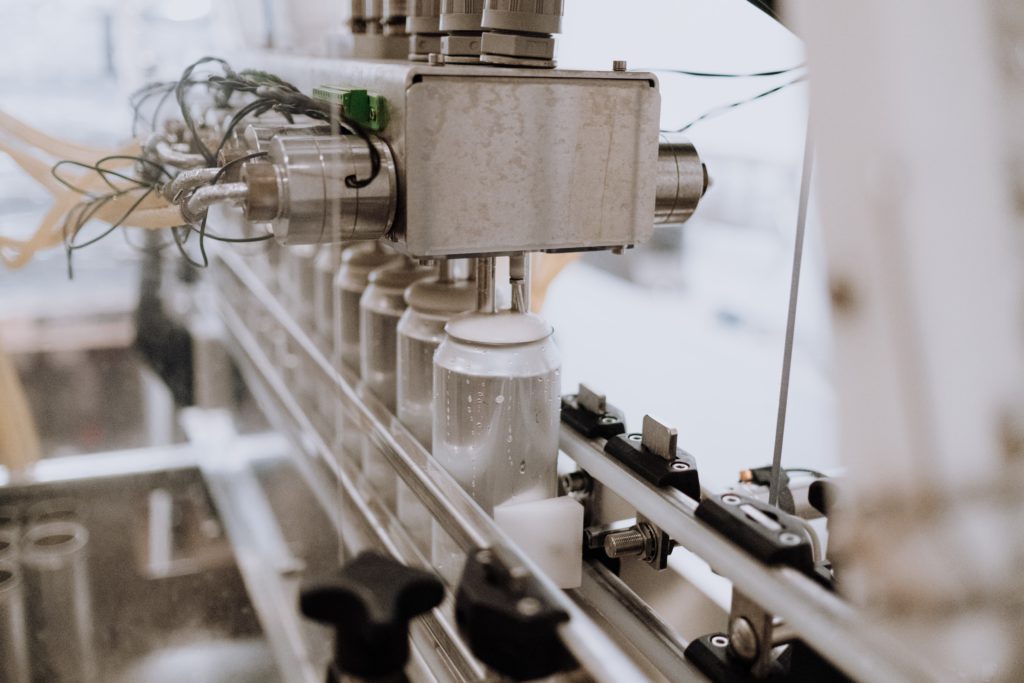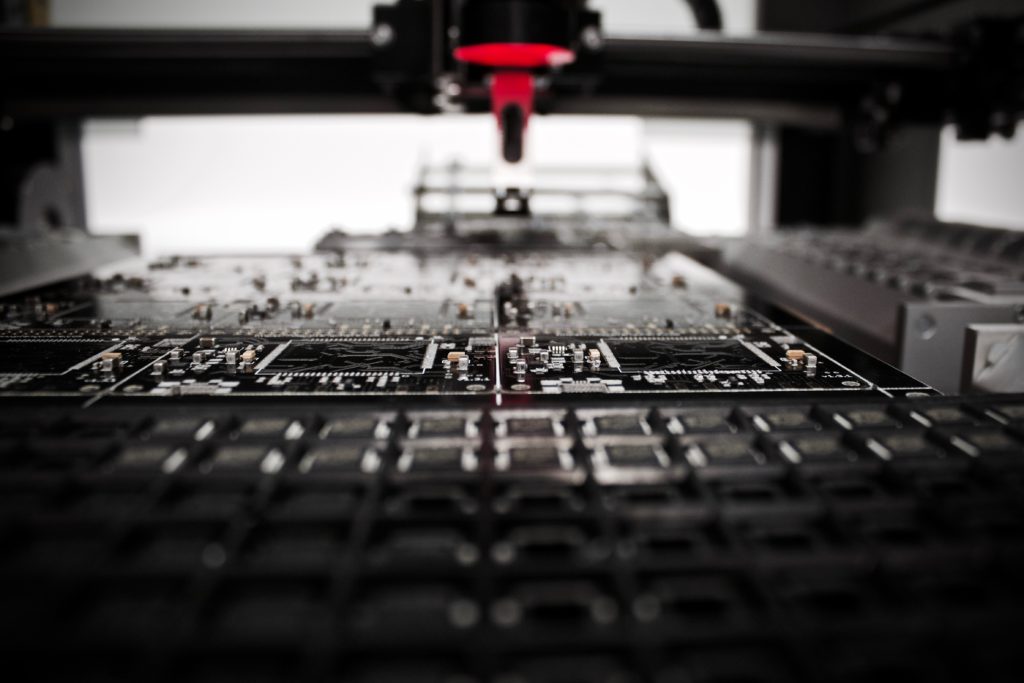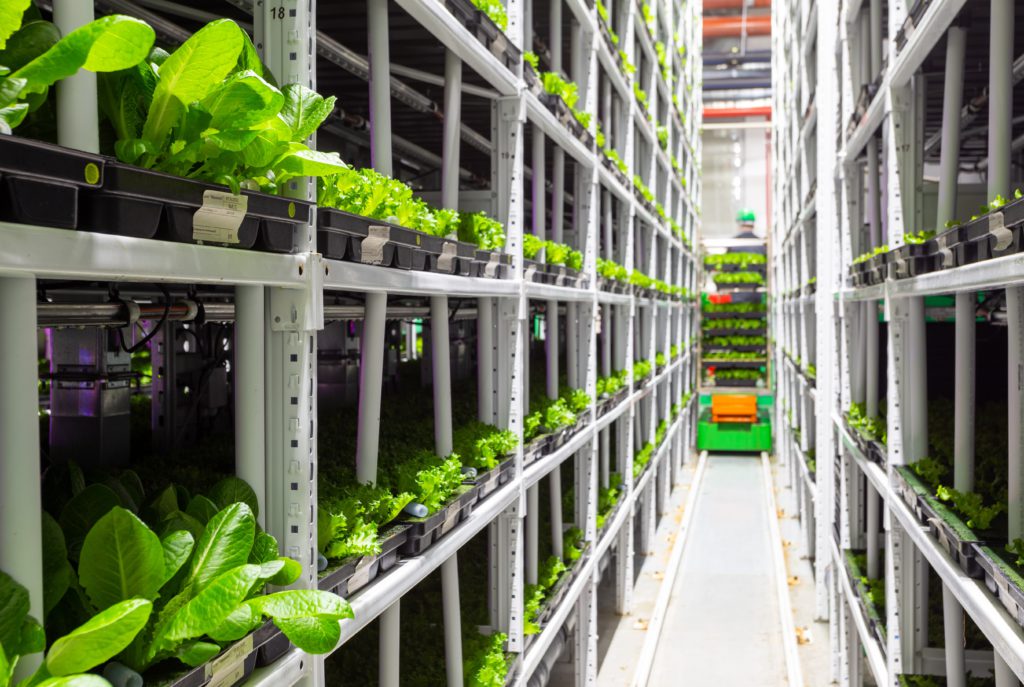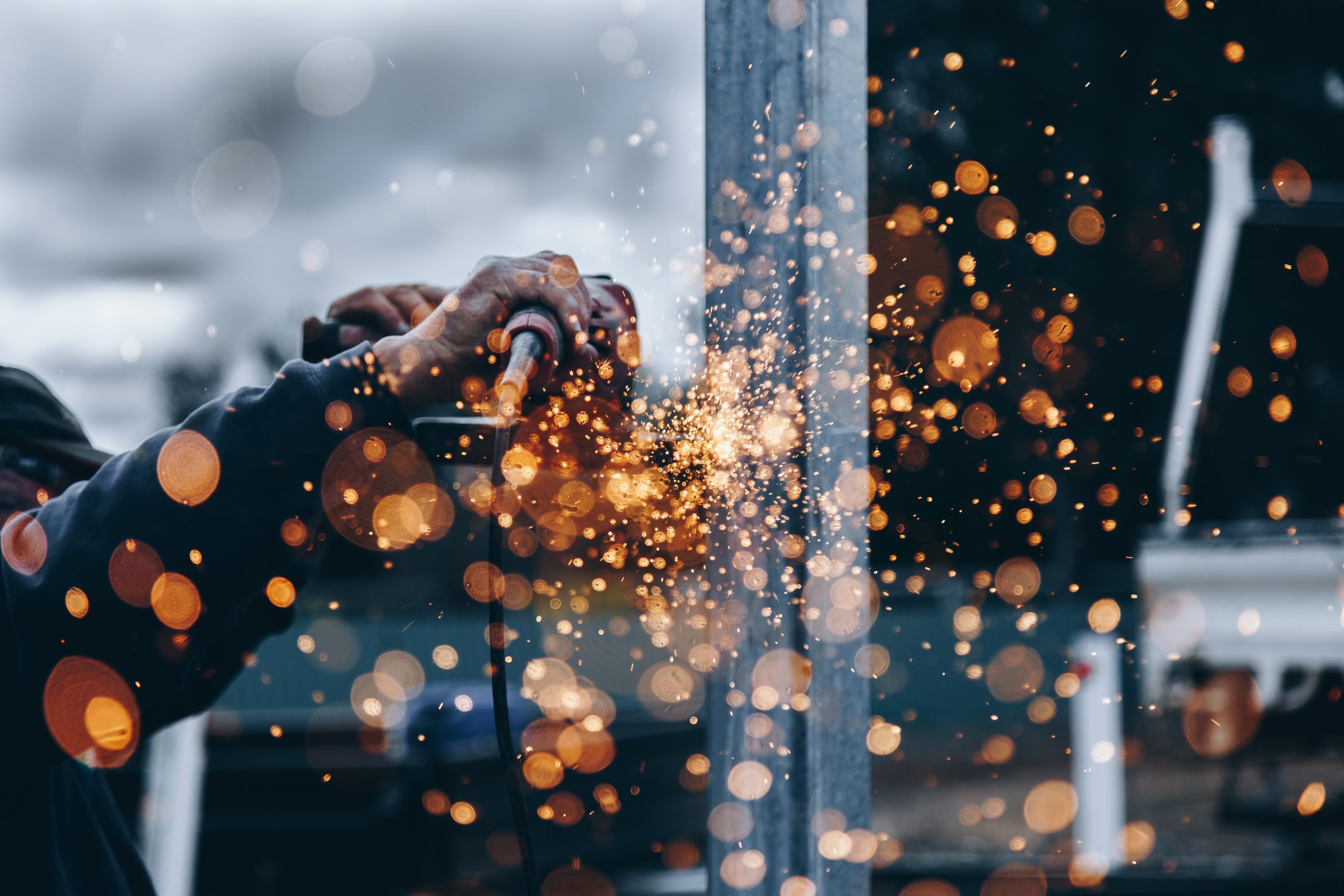|
|
As more world leaders set ambitious net-zero emissions targets, manufacturers realize they must play a part in reaching those milestones. Doing that means producers will remove at least as many carbon emissions as they create via net-zero manufacturing.
As of 2020, more than 100 nations had committed to reaching net-zero status by 2050. Some have already fined industrial companies found not acting to get to that point. Which changes will have the biggest impacts in the shortest time frames?
Dig Into the Data
Most modern manufacturing facilities collect huge amounts of data. It tells managers and other decision-makers which assembly lines produce the most goods, which machines run most often and for what percentage of the workday, which teams achieve the highest outputs and more. Data analysis can also reveal the most emissions-intensive processes at manufacturing plants. Then, leaders will know what to focus on to get the outcomes they want.
One automotive supplier tried a multiphase process for reducing emissions through data analysis. It began by establishing baseline emissions for each product. It then explored various ways to cut emissions and calculated the estimated impact, cost and profit implications for each one. Company representatives also took part in dedicated sessions to discuss the way forward, and the supplier eventually identified 100 individual decarbonization strategies.
The business stayed committed and now has more than 350 emission-reducing programs and a roadmap for even more progress. Estimates suggest the company will achieve a 40% emissions cut by 2030 and reach net-zero status by 2050. Part of this journey involved tracking new metrics at all company levels and encouraging people to take ownership of new processes they’d helped create.
Prioritize a Lean Approach to Reach Net-Zero Manufacturing

Lean manufacturing is an approach that aims to maximize a facility’s productivity while reducing waste. Leaders who choose this method know that excess comes in many forms. It could happen when specific factory processes take too long, goods travel farther than necessary to reach destinations, or manufacturers have high percentages of defective goods, to name a few.
The lean approach also requires reducing issues that could slow someone’s workflow, such as waiting times between production steps or machines that are frequently out of order. Moving forward with lean manufacturing takes time but can help companies cut emissions.
A General Electric plant in Ohio saved more than $1 million in fuel use after using the lean approach. A glass company in Connecticut had similar lean successes, achieving 19% in energy savings and making product quality and lead time gains.
Lean manufacturing can shorten production cycles, meaning machines run less frequently. Alternatively, companies may tweak processes to get more done in less time. Both outcomes can save emissions.
Make Appropriate Manufacturing Equipment Upgrades
Making progress towards net-zero manufacturing also requires figuring out whether it’s time to retire specific pieces of machinery, then replace them with environmentally friendlier models.
Older machines often emit more carbon dioxide than newer ones with more efficient designs. Plus, issues such as unaddressed leaks hinder emission-reducing efforts. Upgrading to a more modern model doesn’t eliminate all problems but can make them less likely.
Manufacturers should also identify items within product categories that could help them lower emissions. Choosing an air compressor that provides 100% oil-free air is a simple yet meaningful step. Many newer industrial machines also work with smart sensors that support a company’s data analysis strategy. They continually collect information to help leaders track trends.
Perhaps a machine suddenly started running at a slightly higher temperature. If so, a smart sensor could notify the appropriate technician or team to investigate. These sensors also enable predictive maintenance strategies. Such approaches allow people to react to problems as soon as symptoms appear rather than after major issues disrupt production.

A Manufacturing-as-a-Service Plan Increases Upgrade Accessibility
Some machining services may not want to upgrade critical pieces of machinery without evidence of worthwhile outcomes. Similarly, others don’t have the upfront resources to make those major purchases.
Then, a manufacturing-as-a-service (MaaS) plan could help. It allows producers to pay for equipment usage over time, and often only once they start seeing good results. Some companies offer free machine installations, making the overall costs even more attractive.
The MaaS arrangements vary depending on the companies providing them. However, many customers realize this approach makes good financial sense and increases the appeal of machinery upgrades.
Most MaaS providers track machinery data internally, such as to verify how often a customer uses a machine in a given month and bill them correctly. The collected data may also include emissions specifics, helping customers see how much closer a piece of equipment gets them to net-zero manufacturing.
Invest in Solar Energy
Using solar power is an increasingly available way to work toward net-zero manufacturing. Northeastern University researchers also recently confirmed that up to 35% of manufacturing sectors in the United States could meet their electricity demands with rooftop solar installations.
The group used federal data to compare the potential energy produced by rooftop solar arrays with the average electricity demand per floor space unit in manufacturing facilities. Another finding was that the percentage of manufacturing sectors catered for with solar energy would vary from 5-35% depending on the season. Plus, textile, clothing and furniture producers would benefit most.
A Northwestern University professor said less than 0.1% of manufacturing sector energy comes from on-site renewable sources. That must change for companies to meet their net-zero goals, he said, while identifying rooftop solar panels as low-carbon options.
A good starting point is for manufacturers to meet with solar professionals. Those experts can assess their facilities, the local climate and other specifics to estimate the energy produced from solar annually.
Engineers at Cornell University also found that purchasing solar panels produced domestically supports decarbonization and slows climate change. They showed that returning solar panel production to the U.S. by 2035 would cut 30% of the associated emissions compared to 2020’s figures. That was a time when the country relied almost entirely on international producers.

Net-Zero Manufacturing Is Within Reach
Running a net-zero manufacturing facility requires careful planning and a steady approach. The options discussed above are some of the best possibilities for manufacturers to check out as they consider the possibilities that are most appropriate for them based on their resources, time frame and interim goals.












